You are about to finish your registration. Please check your mailbox (including spam folder). There should be a letter with a confirmation link. Check setting to make sure that your e-mail address is correct.
Send letter againDescription
The British Virgin Islands (abbreviated BVI), officially simply the Virgin Islands, are a British Overseas Territory in the Caribbean, to the east of Puerto Rico and the US Virgin Islands and north-west of Anguilla. The islands are geographically part of the Virgin Islands archipelago and are located in the Leeward Islands of the Lesser Antilles.
The British Virgin Islands consist of the main islands of Tortola, Virgin Gorda, Anegada, and Jost Van Dyke, along with over 50 other smaller islands and cays. About 16 of the islands are inhabited. The capital, Road Town, is on Tortola, the largest island, which is about 20 km (12 mi) long and 5 km (3 mi) wide.
Obverse

|
Second crowned portrait of HM Queen Elizabeth II facing right, wearing the Girls of Great Britain and Ireland tiara. ELIZABETH THE SECOND··· BRITISH VIRGIN ISLANDS |
|---|---|
Reverse

|
Depicts two Mourning dove dividing value. 5 |
| Edge |
5 Cents
2nd portrait
KM# 2
Characteristics
| Material | Cupronickel |
| Weight | 3 g |
| Diameter | 19.5 mm |
| Thickness | 1.32 mm |
| Shape |
|
| Alignment | Medal |
| Mint |
Franklin Mint (FM)
|

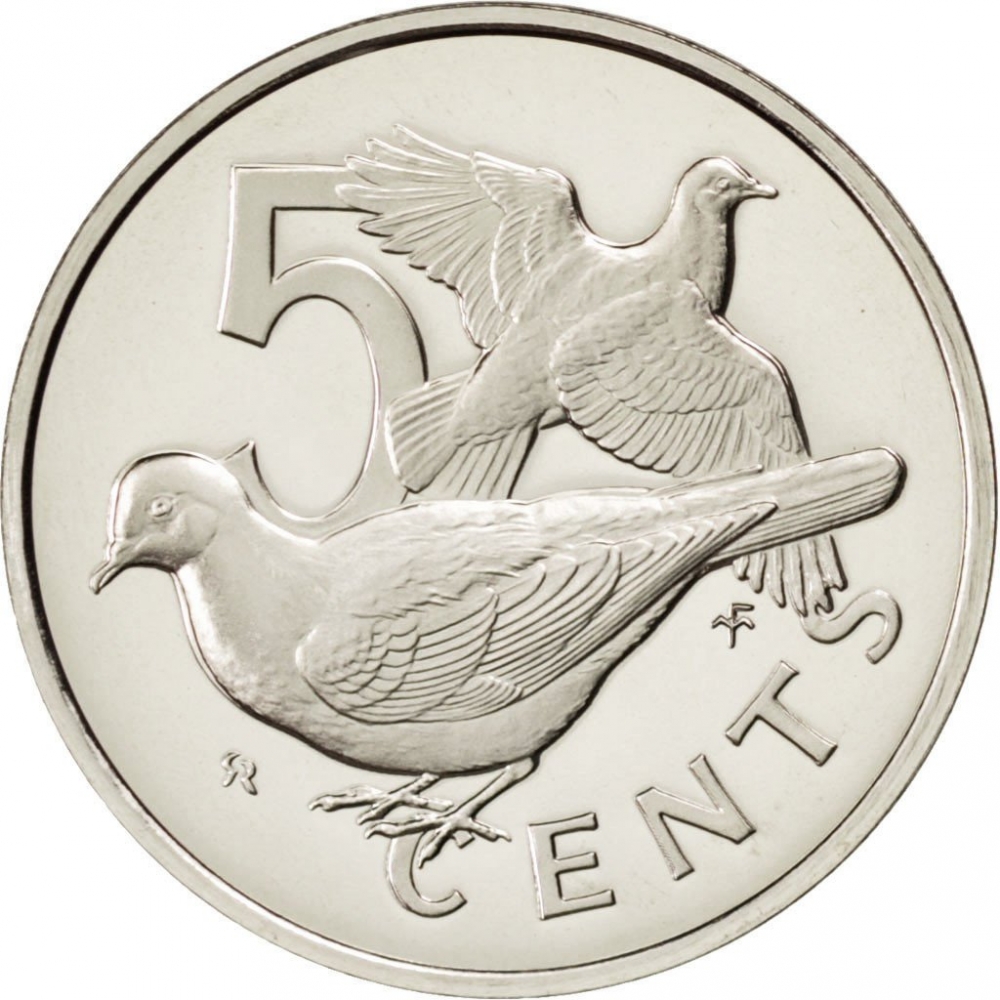
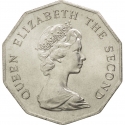
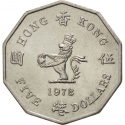
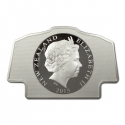
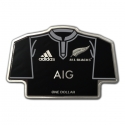
_Pounds_50/1998-2006_01.10.2024_14.38-125.jpg)
_Pounds_50/1998-2006_01.10.2024_14.38_01-125.jpg)